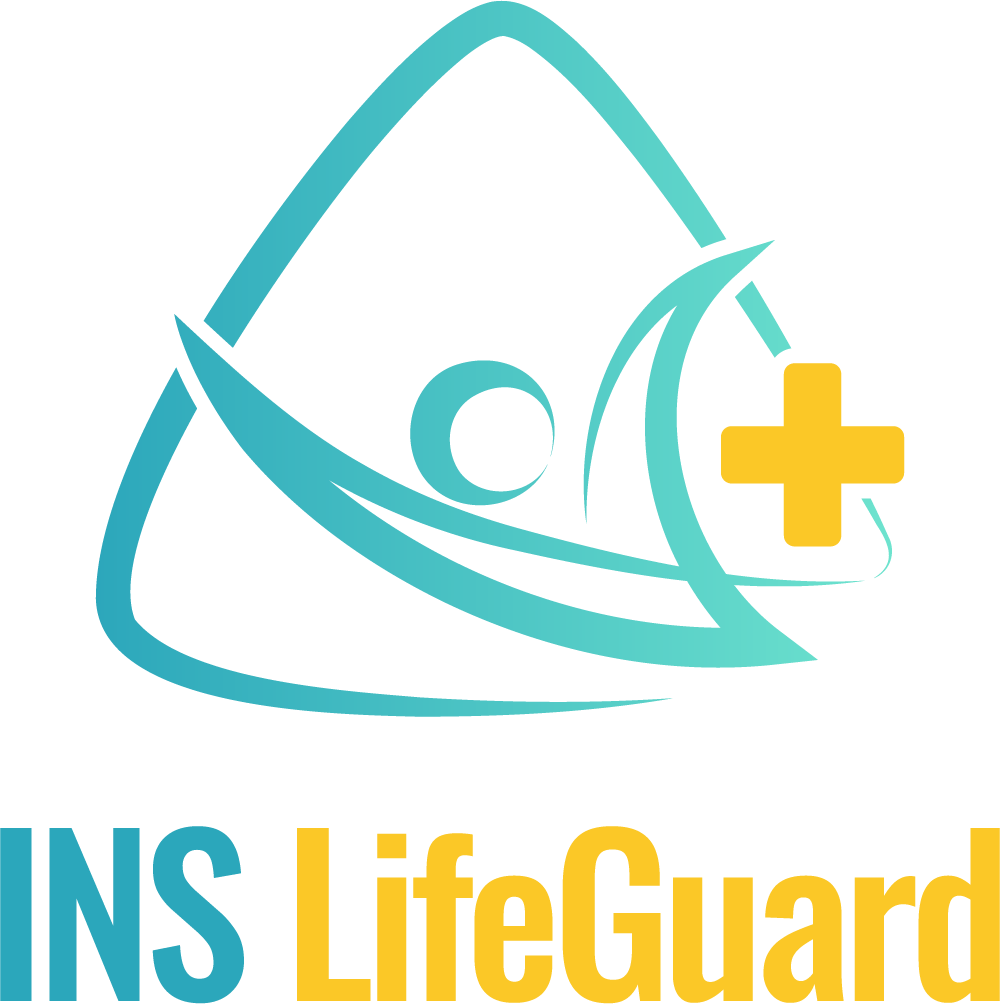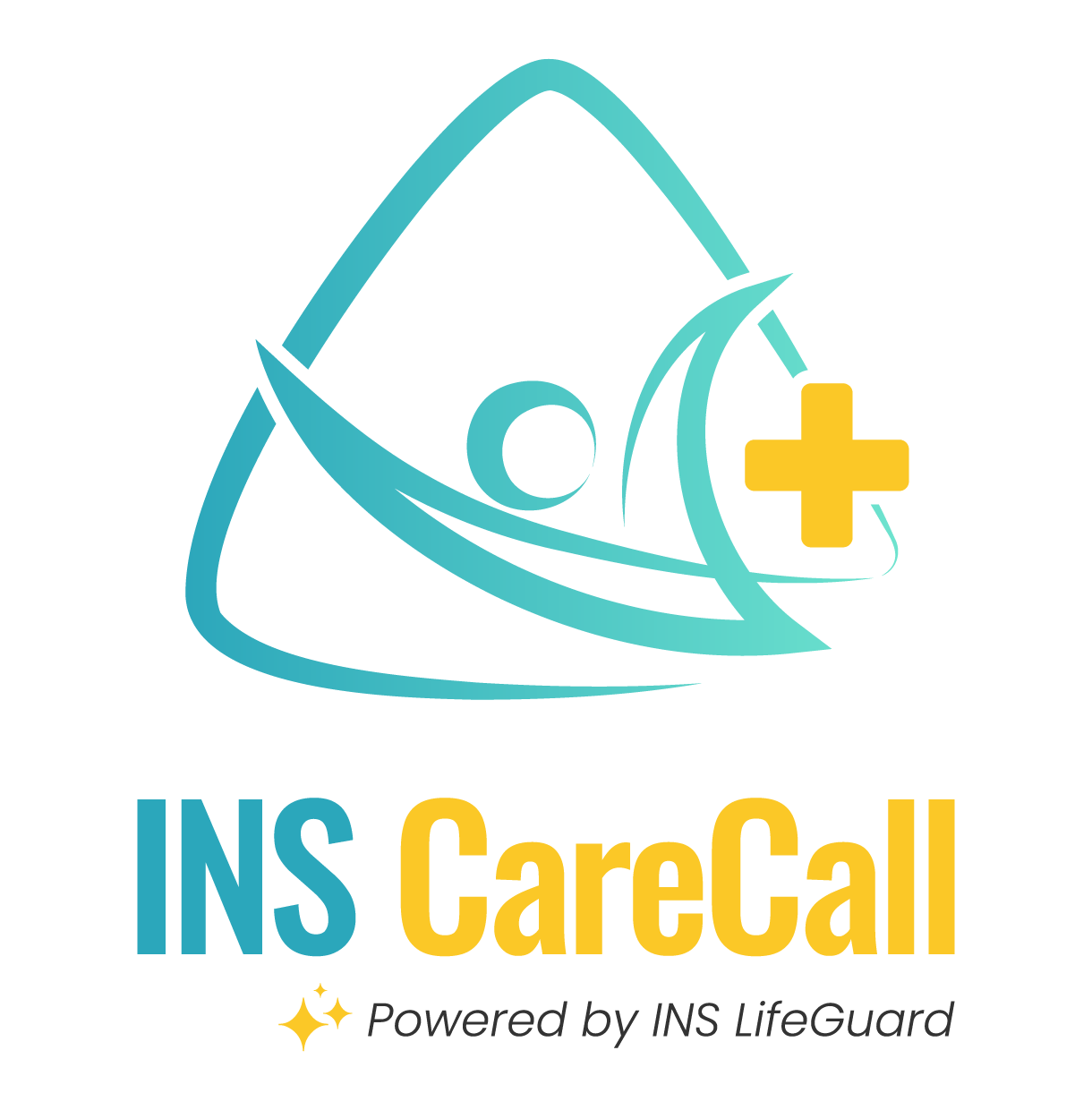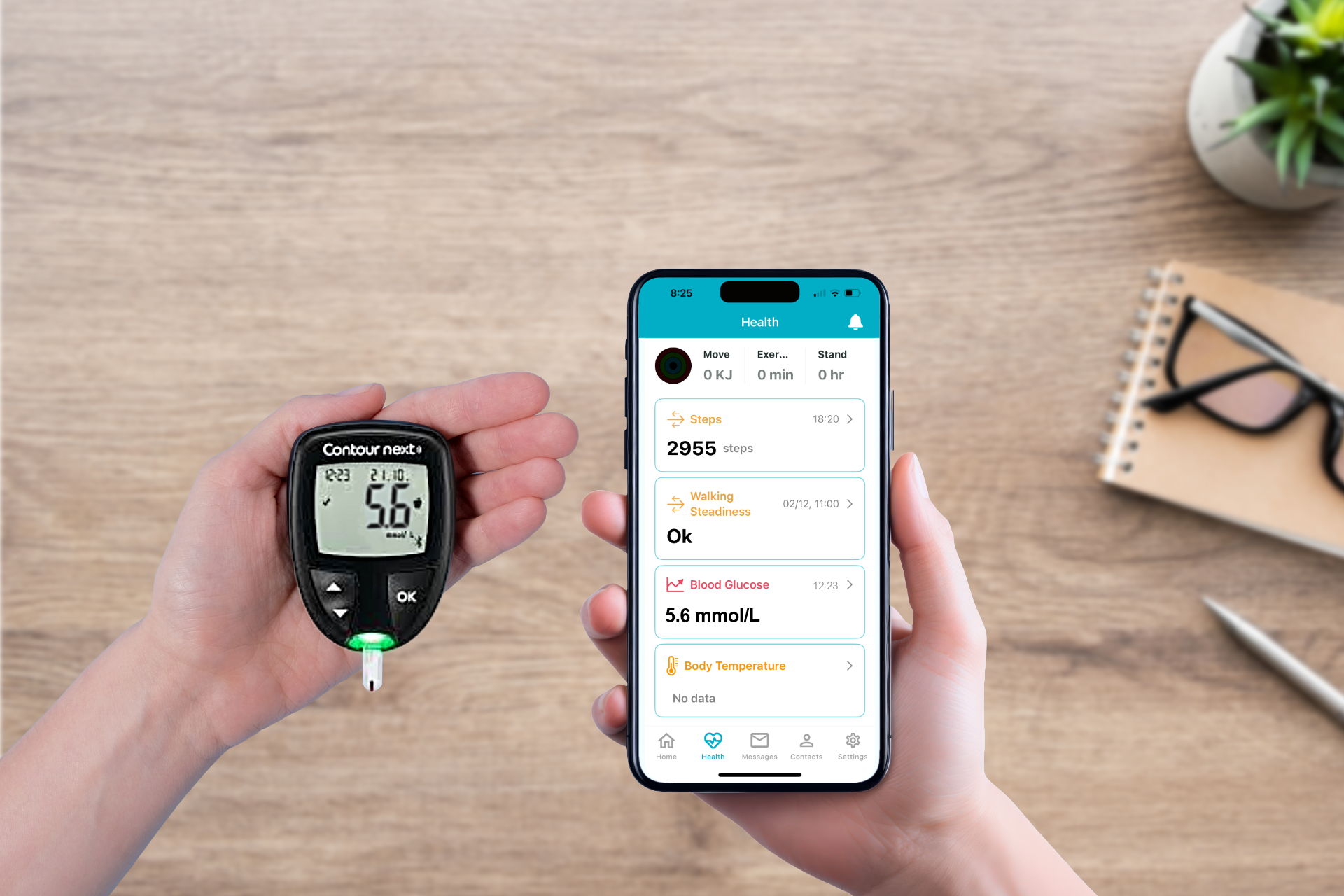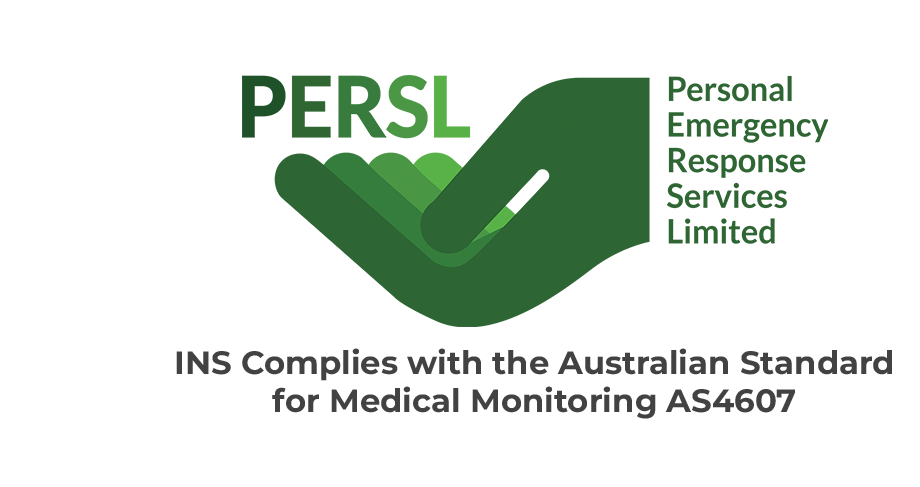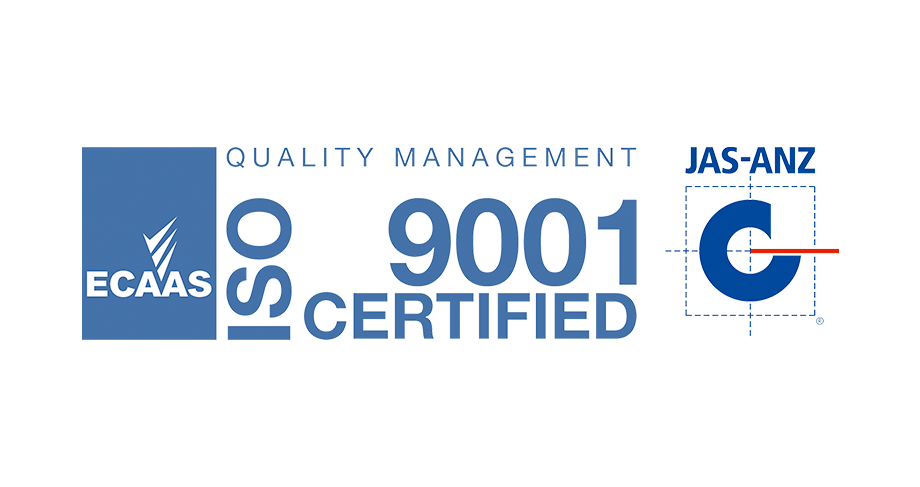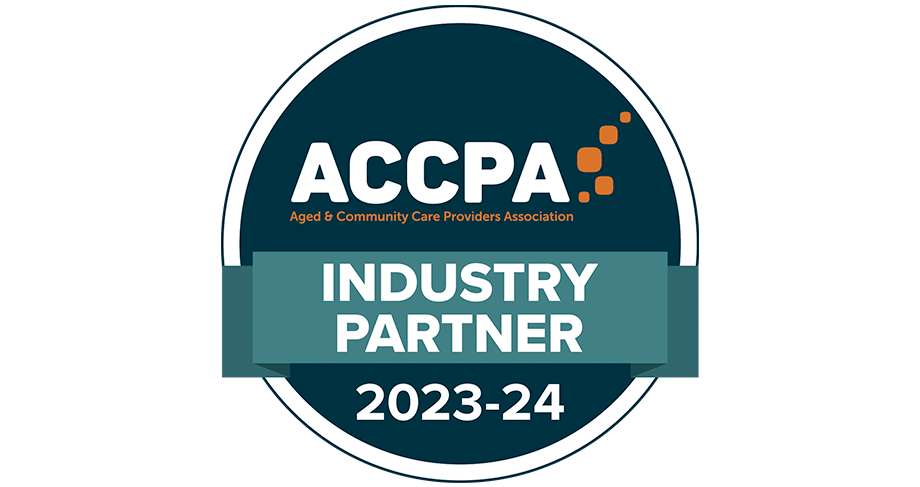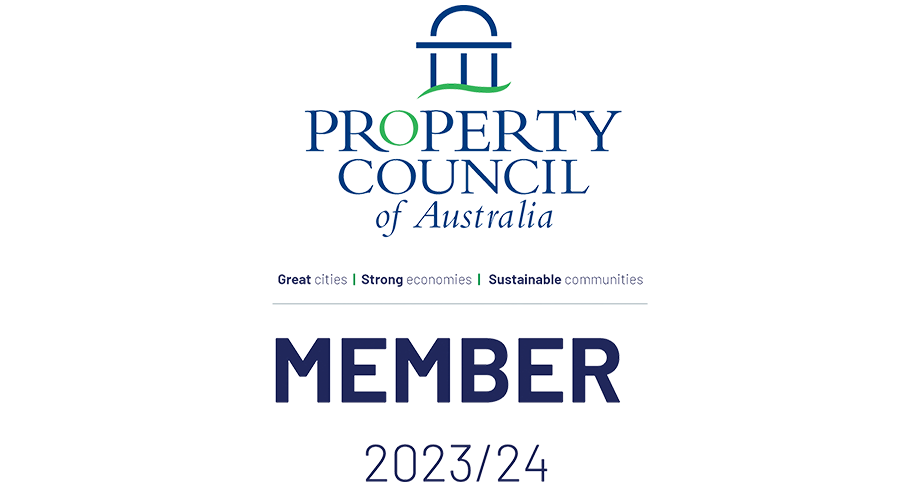Have a Question?
Understanding Blood Pressure: How to Measure and Why It Matters
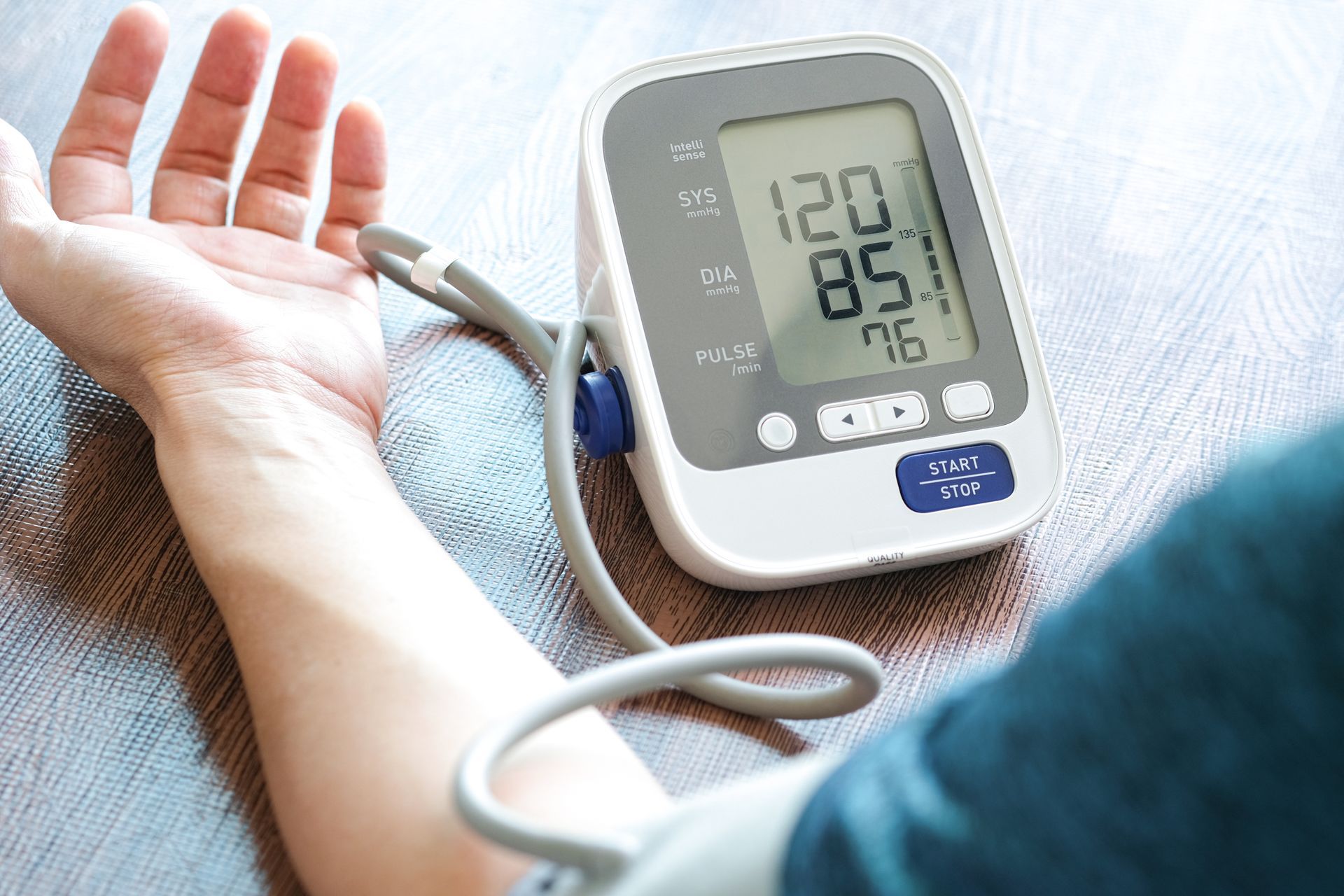
Blood pressure is a critical indicator of cardiovascular health, influencing overall well-being with high blood pressure being the biggest risk factor for death in Australia. Knowing how to measure blood pressure accurately is essential for preventing cardiovascular diseases and maintaining optimal health. In this blog post, we'll delve into the significance of blood pressure, how to measure it correctly, and what the readings mean for your health.
What is Blood Pressure?
Blood pressure refers to the force exerted by blood against artery walls as it circulates through the body. It's measured using two numbers: systolic pressure and diastolic pressure. Systolic pressure occurs when the heart beats, pumping blood into the arteries, while diastolic pressure is the pressure when the heart is at rest between beats.
Why is Blood Pressure Important?
Maintaining normal blood pressure levels is vital for cardiovascular health. High blood pressure, or hypertension, can strain the heart and blood vessels, leading to severe complications like heart disease and stroke. Conversely, low blood pressure, or hypotension, can cause symptoms such as dizziness and fainting.
How to Measure Blood Pressure:
- Choose the Right Equipment: Use a validated blood pressure monitor with the correct cuff size.
- Prepare for Measurement: Sit quietly for five minutes and avoid stimulants like caffeine.
- Position Yourself Correctly: Sit comfortably with your arm at heart level.
- Apply the Cuff: Place the cuff snugly around your upper arm.
- Take the Reading: Follow the monitor's instructions for inflation.
- Record the Results: Note both systolic and diastolic readings and average them for accuracy.
Interpreting Blood Pressure Readings:
Blood pressure readings consist of two numbers (e.g., 120/80 mmHg), with the systolic pressure appearing first. Here's what different readings indicate:
- Normal: Systolic <120 mmHg and Diastolic <80 mmHg
- Elevated: Systolic 120-129 mmHg and Diastolic <80 mmHg
- Hypertension Stage 1: Systolic 130-139 mmHg or Diastolic 80-89 mmHg
- Hypertension Stage 2: Systolic ≥140 mmHg or Diastolic ≥90 mmHg
Understanding Blood Pressure Readings and Symptoms of High Blood Pressure
Hypertension, high blood pressure is a prevalent health concern in Australia. Download this free resource to gain valuable insights into understanding blood pressure measurements and recognising symptoms of high blood pressure.

High Blood Pressure Symptoms and Causes
High blood pressure, also known as hypertension, often has no noticeable symptoms, which is why it's often referred to as a "silent killer." However, over time, if left untreated, it can lead to serious health complications such as heart disease, stroke, and kidney failure. Despite the absence of symptoms in many cases, there are some signs and symptoms that may indicate high blood pressure, including:
- Headaches: Persistent headaches, particularly at the back of the head, can be a symptom of high blood pressure.
- Dizziness or lightheadedness: Feeling dizzy or lightheaded, especially when standing up quickly, may indicate high blood pressure.
- Nosebleeds: While not common, frequent or severe nosebleeds can sometimes be associated with hypertension.
- Shortness of breath: Difficulty breathing or shortness of breath, especially during physical activity, may be a sign of high blood pressure.
- Chest pain: Chest pain or discomfort, particularly in the center of the chest, can occur with high blood pressure and may indicate heart problems.
- Vision changes: Blurred or impaired vision, as well as eye problems such as retinopathy, can be associated with hypertension.
It's important to note that these symptoms can also be caused by other medical conditions, so they should not be used as the sole basis for diagnosing high blood pressure. The only way to accurately diagnose hypertension is through regular blood pressure checks performed by a healthcare professional.
As for the causes of high blood pressure, there are several factors that can contribute to its development, including:
- Genetics: Family history of high blood pressure can increase your risk.
- Lifestyle factors: Unhealthy habits such as poor diet, lack of physical activity, smoking, and excessive alcohol consumption can all contribute to high blood pressure.
- Age: Blood pressure tends to increase with age, so older adults are at higher risk.
- Obesity: Being overweight or obese puts extra strain on the heart and blood vessels, increasing the risk of hypertension.
- Chronic conditions: Conditions such as diabetes, kidney disease, and sleep apnea can all raise blood pressure.
- Stress: Chronic stress can lead to temporary spikes in blood pressure, which over time can contribute to hypertension.
While some risk factors for high blood pressure, such as age and family history, cannot be changed, others, like diet and exercise habits, can be modified to lower your risk. Adopting a healthy lifestyle that includes regular physical activity, a balanced diet, limited alcohol consumption, and stress management can help prevent or manage high blood pressure. Additionally, it's essential to have regular check-ups with your healthcare provider to monitor your blood pressure and address any concerns.
Conclusion
Monitoring your blood pressure on a regular basis is the key to preventing cardiovascular diseases and maintaining overall health. By understanding how to measure and interpret blood pressure readings, individuals can take proactive steps to manage their health. If you have concerns about your blood pressure, consult your healthcare provider for personalised advice and recommendations in Australia.
Take charge of your blood pressure and overall health with INS LifeGuard. As Australia's only nurse-on-call personal and medical alarm monitoring service, we are dedicated to prevention. Whether you are a senior, person managing a chronic condition or someone committed to personal wellness, our real-time vital sign tracking, Professional TeleHealth Monitoring, and emergency response, overseen by qualified nurses, guarantee immediate attention to your health needs.
Find out more about our services by calling
1800 636 040 or visiting our website
www.inslifeguard.com.au

About
INS LifeGuard is the only 24/7 nurse on-call personal and medical monitoring in Australia. We provide monitoring technology for both in the home and on the go and can also monitor other provider's equipment. Our services are suitable for anyone wanting support to stay independent such as the elderly, those with medical conditions and disabilities plus enhancing safety and security for lone workers.
